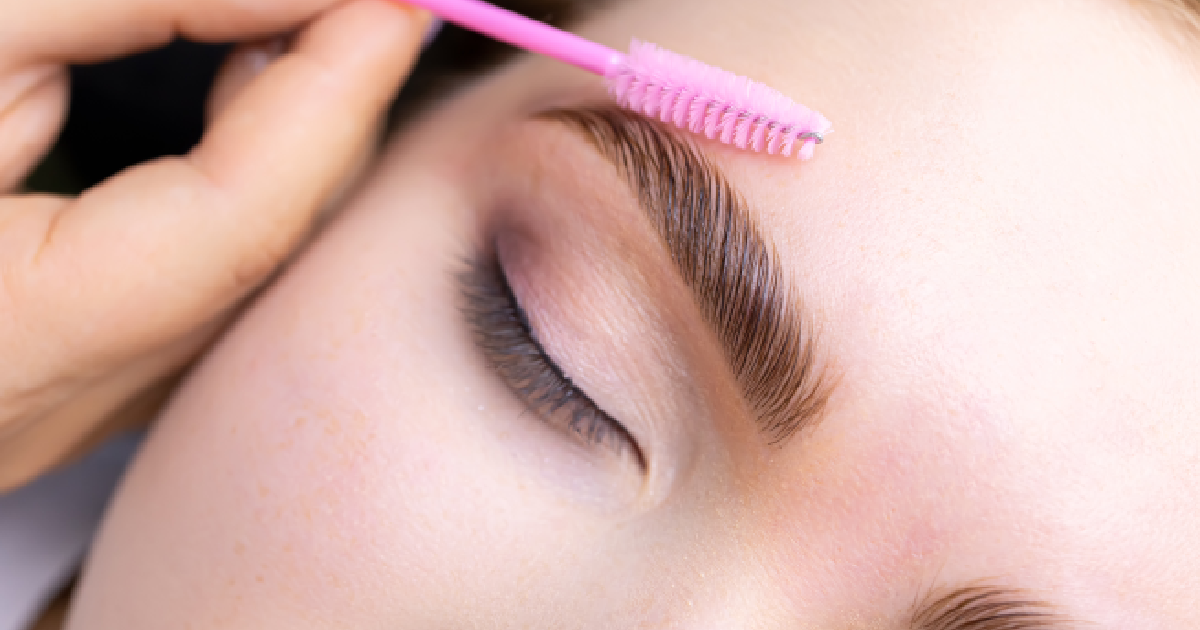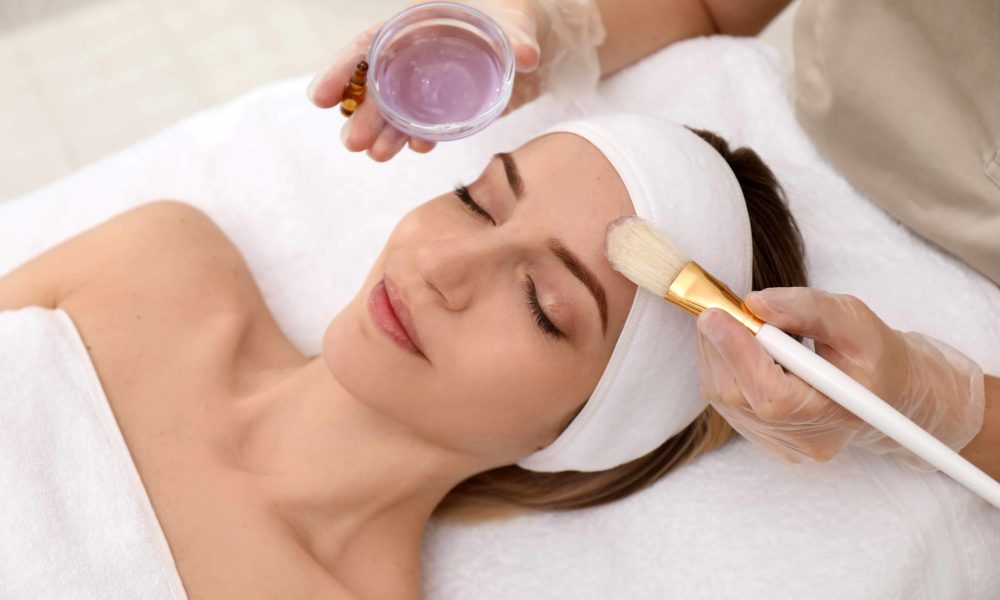

Chemical peels treat wrinkles, discolored skin, and scars — usually on the face. This procedure involves applying chemical solutions to the skin and removing the top layers. The skin that grows back is smoother. Chemical peels can be done solo or together with other cosmetic treatments. Additionally, these peels can be done at different depths, from light to profound. You may need to undergo the process more than once with a light or medium peel to get the desired results. Deeper chemical peels provide more-dramatic results but also take longer to recover from.
Today, let us learn the practical approach to chemical peels. Continue reading until the end and discover if chemical peels may also be the answer, you’re looking for in skin treatment.
Chemical peels can help improve our skin’s appearance. In this procedure, chemical solutions are applied, making the skin “blister” and peel off afterward. Typically, the new skin is much smoother and less wrinkled than the old skin.
Furthermore, chemical peels can be done on the face, neck, or hands. You can use them to:
Additionally, areas of sun damage may improve after chemical peeling. After a chemical peel, the skin gets temporarily more sensitive to sun exposure, so always wear sunscreen when you go out. Look for those “broad-spectrum” labels that can protect your treated skin against the sun’s harmful UVA and UVB rays. In addition, get physical sunscreen above SPF 30. It would also help to limit your sun time, especially between 10 am and 2 pm. Moreover, wearing a wide-brimmed hat would also help.
Depending on how deeply they exfoliate the skin, there are three (3) types of chemical peel. The right choice depends on the type and shade of a person’s skin and the issue they hope to address.
Experts recommend this chemical peel type if you have skin issues that only affect your skin’s top layer, the epidermis. Due to superficial peels being unable to penetrate deeper skin layers, these peels carry lower risks of having side effects, and the skin tends to recover more quickly.
Superficial chemical peels take 1–7 days to heal. It is essential to put on sunscreen during this healing period. Since superficial peels are the gentlest type among the three (3), a person may need up to five sessions to see their desired results. Patients may be able to have superficial peels every 2–5 weeks.
Practitioners may recommend medium-depth chemical peels for the following:
Medium-depth chemical peels require 7–14 days on average to heal. They result in swelling that may worsen for the next 48 hours after treatment and cause blisters. Skincare experts provide solutions that people should use to help their skin heal. It is also essential to avoid sun exposure during recovery time.
Practitioners may also recommend antiviral medications, which patients take for the next 10–14 days. They can wear makeup after 5–7 days. However, they must avoid total sun exposure until the skin heals fully.
Practitioners typically do not utilize deep chemical peels. Laser therapy is often suggested for concerns affecting the skin’s deeper layers and will provide better results. However, practitioners may recommend a deep peel if a person has the following:
Chemical peels can consist of different types of acid, including the following:
Some peel chemicals cause the skin to develop a white coating, which the dermatologist may call “frosting.” It signals the end stage of a chemical peel. Its presence and extent help the doctor tell whether the peel has been sufficiently effective. There are three levels of frosting:
Chemical peels are usually done at offices or in outpatient surgical facilities. Before the procedure, practitioners cleanse your face, protect and settle your hair, and cover your eyes with ointment, gauze, tape, or goggles.
Typically, pain relief isn’t needed for light chemical peels. If you have medium peels, you might receive sedatives and painkillers. For deep chemical peels, you might have sedatives that will numb the treatment area and fluids delivered through a vein.
After chemical peels of any depth, the skin can become red, tight, irritated, or swollen. Follow all directions, especially for cleansing, moisturizing, sun protection, and applying protective ointments to the targeted skin. Also, refrain from picking, rubbing, or scratching your skin. It may take several months before your skin color returns to normal, and you can see the full results of the chemical peel.
Chemical peels reduce the damage done to the skin and give it a much younger-looking or fresh appearance. Dermatologists will suggest the best and most appropriate chemical peels based on a person’s concerns and skin type.
If you want to experience chemical peels, our awesome friends at Golden Medical Aesthetics can help you today. Visit them now!
Schedule a Consultation Today